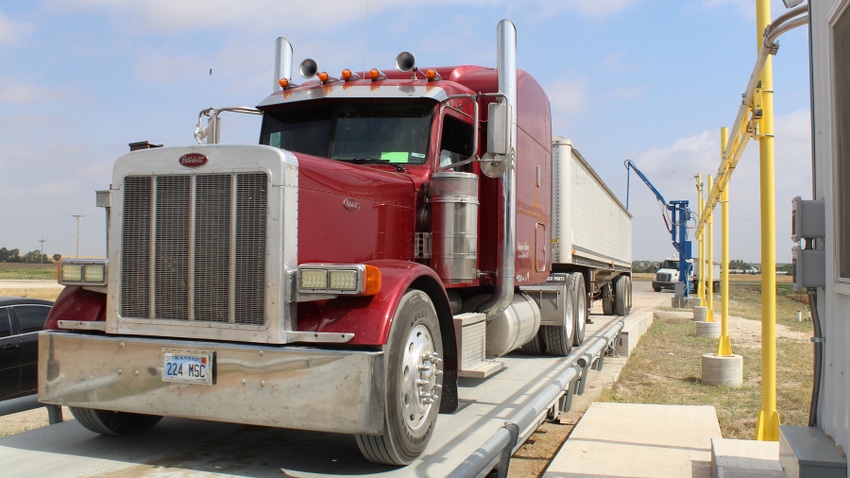
The decision on where and how long to store grain is one that all farmers face. This year, that decision is complicated by an environment of rising costs of carry and an inverted futures market. And that means farmers may need to put pencil to paper to ensure they’re staying profitable.
Tanner Ehmke is the lead economist for grains and oilseeds in CoBank’s Knowledge Exchange research division. He reported at the end of May that conditions were ripe to lead to rising costs of carry for grain elevators. From rising interest rates to high crop prices, and increasing operating costs around transportation, insurance, fuel, electricity and labor, grain merchandisers are looking at record-high costs of carry through 2023 and into 2024 for corn, wheat and soybeans.
Money in the bin
It's important to first understand that whether a farmer takes their grain to the elevator in town, or they have on-farm storage, there’s a cost to storing grain, Ehmke explains: Time and management of the stored grain to make sure it’s marketable, or a financial cost in terms of lost opportunity to generate income for the business.
“Anywhere there is grain sitting in storage, it’s costing money,” he says. “And right now, interest rates do not appear to be going down. In fact, they could go up still more again in 2023, based on latest statements from the Federal Reserve. So, what that means, then, is the money that you borrow against that grain is going to be more expensive.” Consider that grain as money — what would that money be doing if it wasn’t grain in a bin costing you to store it, but rather money sitting in a CD earning interest?
“With the cost of storage so high, the incentive is there for them to move it as fast as possible, just to get it off their books,” Ehmke says. Elevated interest rates and high grain prices mean farmers, private elevators and co-ops want to move grain through the system quickly to get it off their books. Give that money a chance to do more for your business, as it were.
However, end users don’t want to keep any more stored inventory than they need, because they don’t want to take on that cost either. That presents a problem. And one especially for co-op elevators that are required to buy and market their members’ grain and oilseeds, Ehmke explains — whether the economics of storing and handling them are favorable to the co-op or not.
Farmers may be looking ahead to their storage plans for fall harvest, and while there’s a lot that can happen between now and corn harvest, there could be a better corn crop than expected. Now, if the price of grain goes lower, or if interest rates move lower, it takes that pressure off the farmer to sell as fast as possible, he adds.
“Let’s just say things do work out,” Ehmke says. “The inverse in the futures market will go away, and it’ll revert back to a carry market, where the futures prices will be higher than current nearby prices. That will remove a lot of that incentive to sell and will reward the farmer to store it.
“The problem, though, is you have to watch again the cost of storing it versus what the market is paying you in the spreads to store,” Ehmke says. For example, USDA pegged the annual price for corn at $4.80 per bushel. Multiply that by the interest rate, and that’s your cost of carry, he says.
Trimming costs
Being cost-conscious is always a good thing — but in this environment it’s even more important, Ehmke says, for co-ops and farmers.
On the co-op front, they’re in a tough position because they are required to buy and market their members’ grain and oilseeds. That means they need to trim their costs or reduce their local bids in order to make up their storage costs.
“Interest expense is a major expense for the co-op, and so long as interest expense remains high, then the pressure is going to be there for them to lower their bid to cover that cost,” Ehmke says.
There is some good news, Ehmke says, in that natural gas prices as of July were coming down, which means the costs to dry grain are coming down some. Transportation costs were coming down as well, he adds. Labor and wage costs though were still pretty high as of July, but a smaller wheat harvest in the Plains may have helped with some co-ops reducing their seasonal labor costs.
Ehmke adds some co-ops are looking at the value they provide their farmer-members in services. That might mean more marketing programs or flexible storage arrangements, for example. It’s worth a conversation with the local co-op to see what’s available.
Read the full CoBank report.
About the Author(s)
You May Also Like






